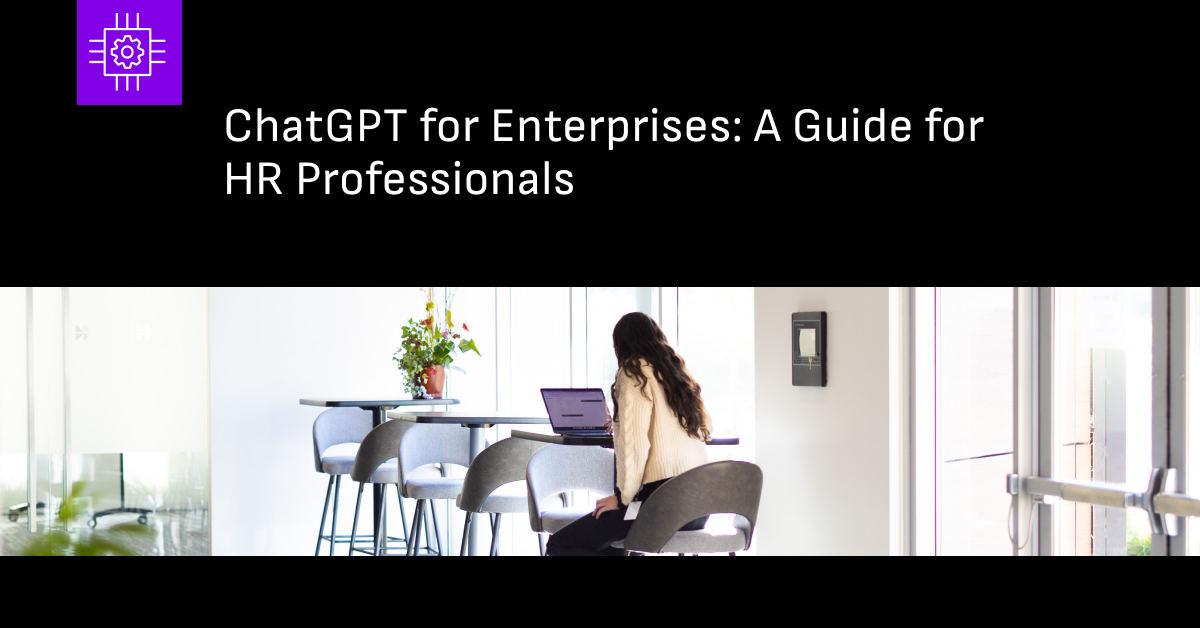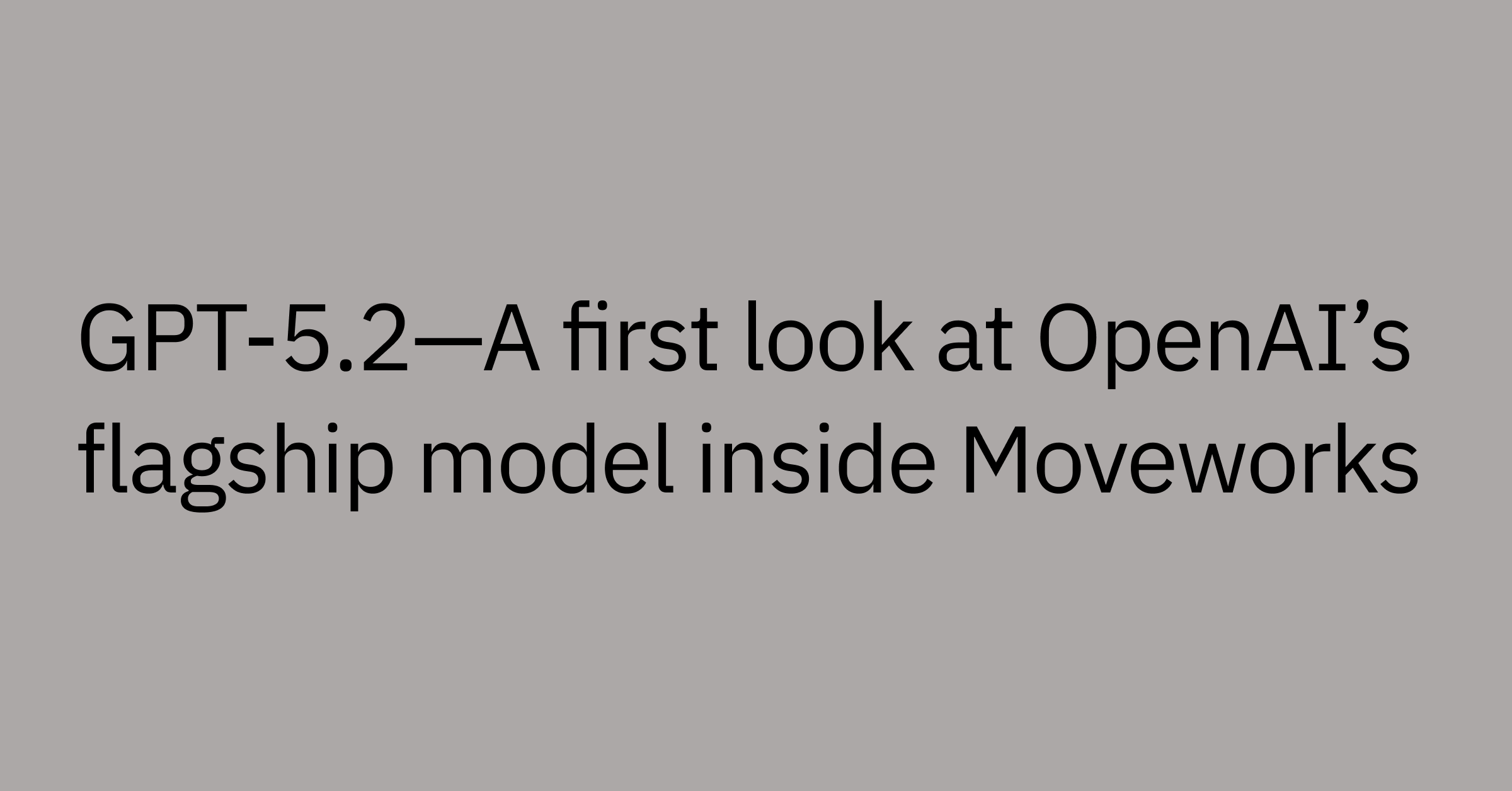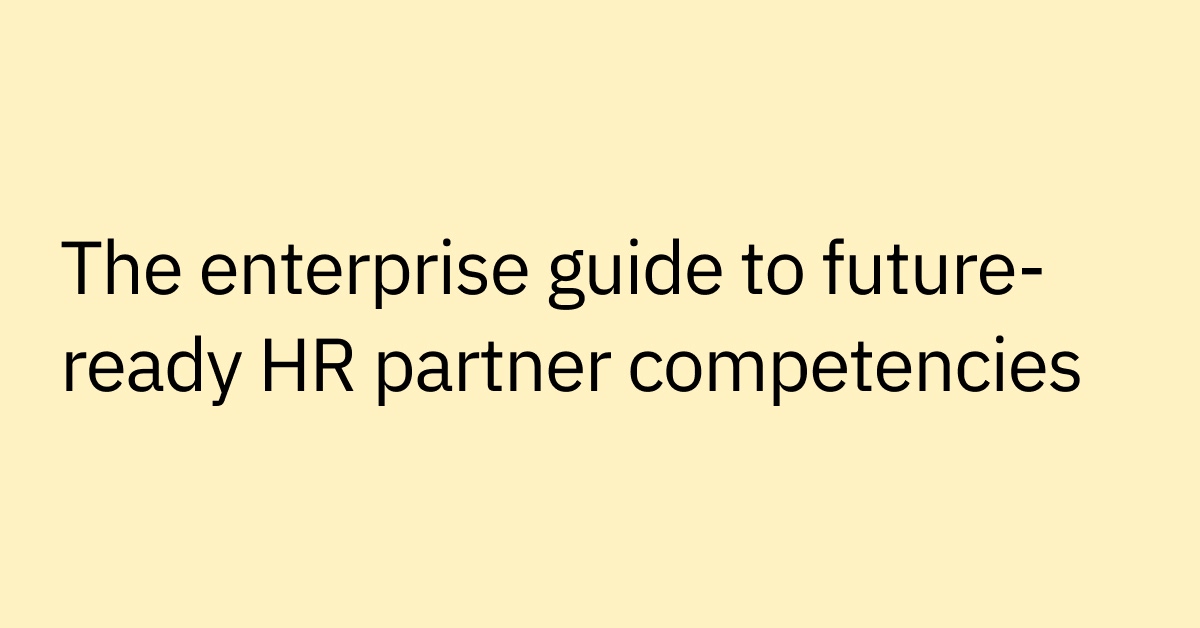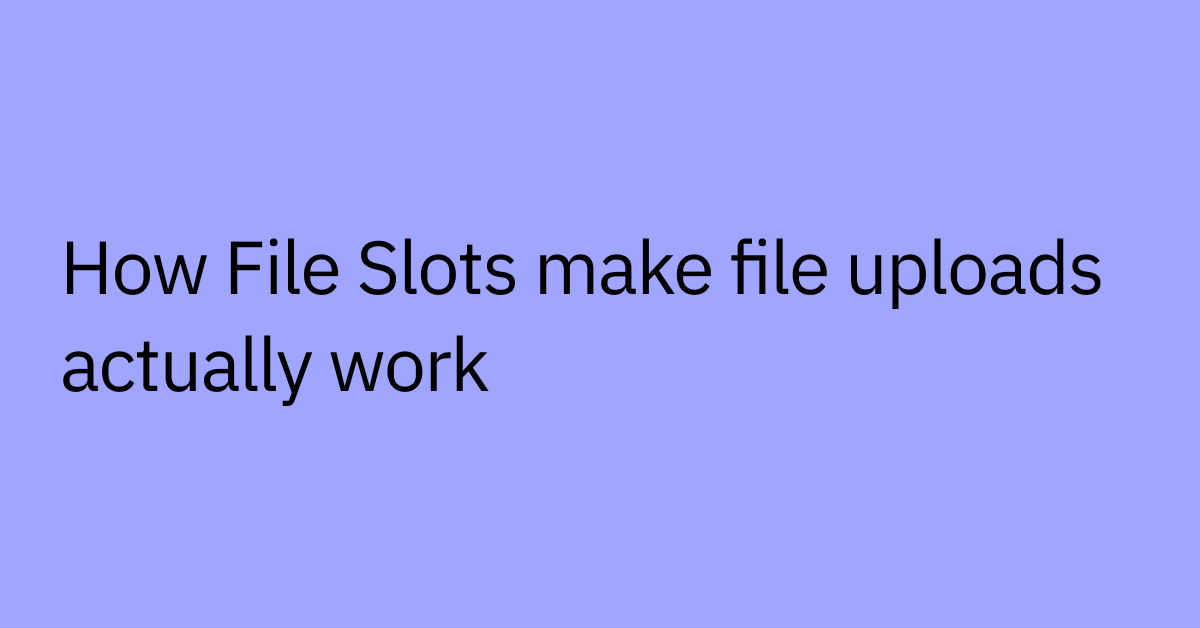Table of contents
HR teams are drowning in admin work — endless onboarding paperwork, repetitive employee inquiries, and countless surveys to analyze.
It’s exhausting, inefficient, and, let’s be honest, not the best use of your time.
But with the rise of AI-driven solutions, organizations are finding ways to offload these repetitive tasks and focus on strategic priorities.
According to McKinsey’s 2024 Global Survey, 65% of organizations now use generative AI tools including ChatGPT regularly — almost double the previous year.
Since its launch, ChatGPT has become a dominant force in generative AI and businesses across departments — marketing, customer service, and now HR — are leveraging its capabilities.
HR leaders are using ChatGPT to reduce administrative tasks, streamline workflows, and provide personalized experiences that drive employee engagement and efficiency. Let's explore how ChatGPT can revolutionize HR processes and its real-world applications for your team.
ChatGPT: A leading AI solution
ChatGPT is a conversational AI assistant developed by OpenAI, the artificial intelligence (AI) research organization that spearheaded the generative AI revolution. ChatGPT generates human-like responses to user questions, helps with research, drafts content, assists with coding, and much more.
As of December 2024, ChatGPT had 300+ million weekly users — and has been leading the discussion on conversational AI since its debut. It became the fastest-growing consumer application in history, reaching 100 million monthly active users within just two months of its launch.
Which version of ChatGPT is best for HR teams?
ChatGPT Enterprise is OpenAI’s subscription plan designed for large-scale enterprises. Unlike the free version, it offers enterprise-grade security, unlimited higher-speed access to GPT-4, advanced data analytics capabilities, and many other features.
Here’s how ChatGPT Enterprise compares to other versions:
Feature | Basic | Plus | Enterprise |
Model | GPT-3.5 | GPT-4 | GPT-4 |
Speed | Standard | Faster than Basic | Fastest |
Security and Privacy | Standard | Standard | SOC 2 compliance and encryption |
Custom Workflows | None | None | Yes |
Admin Controls | None | None | Team management and analytics |
Price | Free | $20/month | Contact for pricing |
Prioritize an enterprise grade AI platform
While ChatGPT Basic and Plus can support a wide range of tasks, they are not built to support enterprises' high data privacy and security practices. Using ChatGPT Basic or Plus could put sensitive employee information at risk.
And without the advanced administrative tools and compliance features available in ChatGPT Enterprise, user management becomes more difficult, increasing the chance of errors and putting companies' sensitive data at significant risk.
ChatGPT Enterprise provides enhanced data privacy and security, ensuring sensitive employee information remains protected. It also offers increased performance capabilities, such as faster response times and the ability to handle more complex queries, making it ideal for managing large-scale HR tasks efficiently.
The enterprise version also includes administrative tools for better user management and compliance, as well as access to dedicated support to address any issues promptly.
Benefits of ChatGPT Enterprise for HR teams
ChatGPT Enterprise benefits HR teams by providing enhanced data privacy, faster response times, advanced administrative tools, and dedicated support, all of which accelerate HR processes and improve efficiency.
Not only can this tool streamline HR processes and improve efficiency by automating routine tasks like answering employee queries, but it can also manage onboarding documentation, and analyze employee feedback for better decision-making.
1. Automate repetitive HR tasks
- HR teams juggle countless administrative tasks. ChatGPT can take on many of them, including:
- Generating personalized welcome messages for new hires. For instance, instead of sending the same generic email to every new employee, ChatGPT can create customized introductions based on the department, job role, and company culture.
- Drafting questions for employee reviews. If HR leaders need to quickly assess and develop questions for multiple performance reviews, ChatGPT can identify key themes and insights.
- Drafting performance review templates. Instead of HR teams spending hours drafting reviews, ChatGPT can generate well-structured templates tailored to different job functions.
2. Use insights to improve employee experiences
ChatGPT Enterprise comes equipped with advanced analytical tools that provide valuable insights into employee data and HR metrics.
HR teams can use these analytics to understand trends, gather feedback, and make data-driven decisions. For instance, by analyzing patterns in employee feedback, HR can identify areas for improvement in workplace satisfaction or effectiveness of policies.
3. Enhance decision-making
By analyzing your inputs, ChatGPT can identify patterns and trends. For example, an HR team analyzing employee engagement surveys could use ChatGPT to quickly identify recurring concerns and tailor responses accordingly.
Additionally, the detailed reports and data analysis capabilities can help HR managers track performance metrics and optimize talent management strategies. These insights help HR teams make more strategic, evidence-based decisions that improve workforce planning and improve employee satisfaction.
Examples: How ChatGPT automates HR tasks
Beyond the capabilities ChatGPT unlocks for HR teams, it also enables you to use its generative capabilities to speed up your daily HR functions. Here’s how ChatGPT’s capabilities extend far beyond chat-based interactions like content summaries, translations, and image generation.
1. Write job descriptions and emails
Use ChatGPT to generate job listings based on seniority levels and required skill sets. Your team can also leverage it to respond to emails from candidates.
2. Generate surveys and employee engagement materials
Foster greater employee engagement by generating pulse surveys, development plans, and internal memos. If your HR team wants to gauge employee satisfaction, ChatGPT can generate customized survey questions based on company culture and previous responses.
3. Support training and performance management
Recommend courses, prepare performance reviews, and track employee progress with ease. When an HR professional is developing an employee growth plan, ChatGPT can identify skill gaps and suggest relevant training programs.
For instance, it can provide personalized guidance to new hires, ensuring they receive accurate, role-specific, and location-based information from day one.
This not only supports and informs new employees but also reduces administrative workload for HR teams.
ChatGPT alternatives: Top 5 AI tools for enterprise HR
ChatGPT can bring a lot of support to your HR team. But for those seeking more dynamic AI, system-wide integrations, and agentic AI capabilities, it’s worth considering these ChatGPT alternatives that are uniquely designed to support enterprise HR.
1. Moveworks
Moveworks AI Assistant delivers search and automation across all your enterprise applications. It gives your employees a single AI-powered platform for all HR-related questions, tasks, or requests — available 24/7, personalized support wherever they need it.
If you’ve been impressed by ChatGPT, but also want to ensure it can mean the high performance and governance standards of your organization, then Moveworks can help.
Moveworks utilizes ChatGPT as an LLM foundational model as part of our agentic AI platform. This means you get the power of ChatGPT delivered on an enterprise ready platform, tailored to your needs and proper security precautions to support your HR needs.
Why Moveworks is a top AI tool for HR:
- Provides employees with powerful AI capabilities to provide real-time responses to HR-related questions, such as benefits, PTO, payroll, and policies.
- Free your HR team to focus on strategic initiatives, while employees get fast, self-service support without waiting for human intervention.
- Works with enterprise platforms like Workday, Jira, ServiceNow, and Salesforce to automate processes across onboarding, talent acquisition, training, and internal communications.
- Automates tasks like updating personal information, processing job requisitions, and managing PTO requests, ensuring accuracy and compliance.
Moveworks AI Assistant empowers HR teams by reducing ticket resolution times, increasing self-service adoption, and improving employee satisfaction — all while ensuring enterprise-grade security and compliance.
Want to know how AI can drive value for your HR tasks and teams? Check out our AI at Work webinar for HR leaders.
2. Claude
Claude is an AI chatbot developed by Anthropic that can generate and summarize text in several different languages.
Claude excels at processing and summarizing large volumes of text, which can help with HR tasks like analyzing employee feedback, drafting policy documents, and generating reports. It can assist in creating personalized employee communication and training materials, enhancing clarity and engagement.
While not specifically HR focused, its strong natural language processing allows it to be used to answer complex employee questions, and provide detailed information from HR documents.
3. Leena AI
Leena AI is a HR conversational AI platform designed to auto-resolve complex HR queries and deliver unified knowledge.
Specifically, it can help HR teams with tasks like employee query resolution, automated ticketing, onboarding, and offboarding. It offers analytics and insights into employee sentiment and common issues, allowing HR to proactively address concerns and improve the employee experience.
This helps HR teams automate simple tasks and streamline workflows for improved productivity and efficiency.
4. Gemini
Gemini is Google’s largest AI model. Gemini's multimodal capabilities allow for versatile HR applications, including analyzing data from various sources (documents, spreadsheets, etc.) to identify trends and insights.
It can assist in creating personalized learning and development programs, tailored to individual employee needs. Gemini can be used to improve the candidate experience, by assisting in the creation of job descriptions, and by answering candidate questions.
Once on the job, Gemini can support new hires with onboarding and help them speed up internal communications, especially with its ability to integrate with other Google Workspace tools to streamline HR workflows and improve collaboration.
5. Aisera
Aisera is an HR copilot that focuses on addressing employee queries with minimal human intervention. Aisera focuses on AI-driven service experience and is ideal at managing straightforward user inputs to automate support for both employees and customers.
When integrated with your organization’s everyday systems, like Workday and ADP, it can provide employees with updated, accurate, relevant responses to queries about things like benefits, PTO, and trainings.
Learn how agentic AI supercharges HR automation
For busy HR teams tackling onboarding, talent acquisition, training, employee support, and other projects, Moveworks agentic AI can eliminate the headaches of juggling multiple HR systems.
Moveworks AI Assistant is one such tool. It leverages agentic AI to transform HR operations by:
- Streamline employee tasks
- Enhance recruiting
- Speed up onboarding
- Promote career growth
- Boost employee engagement
- Simplify compliance
With Moveworks, your employees can easily handle everyday tasks — like keeping their personal information up to date and checking vacation policies — without the hassle of searching and switching between systems, enabling your HR team to focus on what they do best.
Discover more in our Guide: How to automate employee support with AI – see how to empower your HR team and employee productivity.



